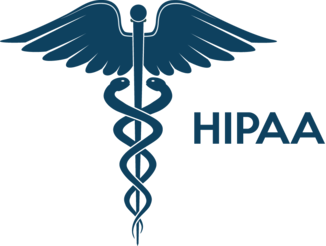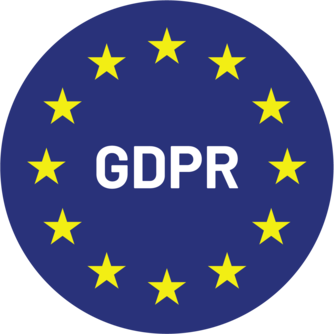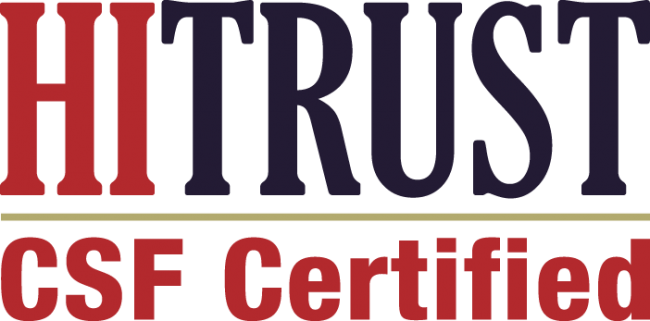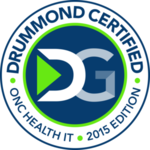In today’s evolving healthcare landscape, Remote Patient Monitoring (RPM) represents not just a clinical advancement but also a significant revenue opportunity for practices. For practice managers seeking to optimize their organization’s financial performance, understanding how to properly leverage Medicare’s RPM reimbursement programs is essential.
This blog will guide you through actionable strategies to maximize these reimbursements while ensuring compliance and quality patient care.
The Growing Importance of Remote Monitoring
Remote patient monitoring has experienced exponential growth in recent years. According to a 2023 study by the American Medical Association, RPM adoption increased by 38% from 2019 to 2023, with over 30 million Americans using some form of remote monitoring technology. Medicare’s expansion of covered RPM services has played a crucial role in this growth.
The COVID-19 pandemic accelerated this trend, with CMS making several permanent changes to telehealth and RPM reimbursement policies. By October 2024, Medicare RPM claims had increased by 57% compared to pre-pandemic levels, demonstrating both patient acceptance and provider adoption.
Understanding Medicare RPM Reimbursement Codes
Successful billing starts with thorough knowledge of the applicable CPT codes:
- CPT 99453: Initial setup and patient education ($21 average reimbursement)
- CPT 99454: Supply of devices and daily recording/transmission ($69 average monthly reimbursement)
- CPT 99457: First 20 minutes of RPM treatment management services ($52 average monthly reimbursement)
- CPT 99458: Each additional 20 minutes of RPM services ($42 average reimbursement)
- CPT 99091: Collection and interpretation of physiologic data ($59 average reimbursement)
Key Strategies for Maximizing Reimbursements
1. Implement Comprehensive Patient Identification Systems
Identify appropriate candidates for RPM services based on:
- Chronic condition management needs (particularly hypertension, diabetes, COPD, CHF)
- Technical capability to use monitoring devices
- History of hospitalizations or emergency visits
Research indicates that practices using systematic screening processes identify 27% more eligible RPM patients than those using ad hoc methods.
2. Optimize Documentation Processes
Documentation is critical for successful reimbursement. Ensure your systems capture:
- Physician orders with clinical rationale for RPM
- Detailed consent documentation
- Device provision records
- Evidence of 16+ days of data transmission per month
- Time spent on interpretation and management
- Clinical staff credentials
A 2023 survey found that practices with standardized RPM documentation templates experienced 34% fewer claim denials than those without.
3. Invest in Staff Training
Train your clinical and billing staff on:
- Proper coding and documentation requirements
- Patient onboarding and education processes
- Compliance requirements
- Device troubleshooting
Organizations that provide comprehensive RPM training report 41% higher RPM program sustainability rates.
4. Leverage Technology Solutions
Implement technology that:
- Integrates RPM data directly into your EHR
- Automates time tracking for management services
- Provides billing dashboards specific to RPM
- Generates alerts for patients approaching the 16-day monthly requirement
- Creates documentation templates aligned with Medicare requirements
Healthcare systems using integrated RPM platforms report 29% higher reimbursement rates than those using standalone systems.
5. Establish Regular Compliance Audits
Schedule quarterly internal audits to:
- Review documentation completeness
- Verify appropriate time tracking
- Ensure proper code assignment
- Confirm transmitted data is being properly recorded
- Check that consent forms are up-to-date
Practices conducting regular audits report 43% fewer post-payment review issues.
How HealthViewX Transforms RPM Delivery and Billing
HealthViewX‘s comprehensive RPM platform offers practice managers specific advantages that address the core challenges of maximizing Medicare reimbursements:
Automated Eligibility and Enrollment Management
HealthViewX’s platform includes intelligent screening tools that automatically identify Medicare-eligible patients for RPM programs based on diagnosis codes, risk factors, and care plan requirements. This systematic approach has helped healthcare organizations increase their eligible patient identification by up to 40%.
Comprehensive Documentation Automation
The platform features:
- Digital consent workflows with electronic signature capabilities
- Automated device registration and tracking
- Pre-configured documentation templates aligned with Medicare requirements
- Digital audit trails for all RPM activities
Organizations utilizing HealthViewX’s documentation systems report a 65% reduction in time spent on RPM paperwork and a 47% decrease in claim denials related to insufficient documentation.
Time Tracking and Billing Integration
HealthViewX tackles one of the most challenging aspects of RPM billing—accurate time tracking:
- Automated logging of clinical staff time spent on RPM activities
- Integration with major billing systems for seamless code assignment
- Real-time dashboards showing progress toward the 20-minute thresholds for CPT 99457/99458
- Automated alerts when patients are approaching billing thresholds
Practices using these features have increased their successful capture of 99458 (additional 20 minutes) billing opportunities by 35%.
Compliance Dashboard and Reporting
The platform offers practice managers:
- Real-time visibility into 16+ day transmission compliance rates
- Automated flagging of patients at risk of falling below thresholds
- Pre-built reports aligned with Medicare documentation requirements
- Quarterly compliance review tools
Healthcare organizations implementing HealthViewX’s compliance features report 53% fewer post-payment audit issues and a 29% increase in overall RPM reimbursement.
Data Integration and Interoperability
HealthViewX seamlessly connects with:
- Major EHR systems for bidirectional data flow
- Billing and practice management software
- Multiple device types and remote monitoring equipment
- Population health management platforms
This integration capability reduces double documentation by 87% and ensures complete data capture for maximum reimbursement.
Common Billing Challenges and HealthViewX Solutions
Challenge: Meeting the 16-Day Transmission Requirement
HealthViewX Solution: The platform’s predictive analytics identify non-adherent patients by day 10 of each month, triggering automated patient outreach through text or phone reminders. This proactive approach has increased compliance rates by 43% among previously non-adherent patients.
Challenge: Properly Documenting Time for 99457/99458
HealthViewX Solution: The platform’s Care Team Portal automatically logs all patient interactions, including phone calls, portal messages, and data review sessions, with timestamps and duration tracking. This has increased billable time capture by 31% for the average practice.
Challenge: Distinguishing Between RPM and CCM Services
HealthViewX Solution: The platform’s Service Differentiation Module separates and tracks activities that qualify for RPM versus CCM billing, preventing duplicate billing while ensuring all eligible services are captured. Organizations report a 27% increase in appropriate utilization of both services.
Financial Impact of Implementing HealthViewX
Healthcare organizations utilizing HealthViewX for RPM delivery and management report:
- Average increase of $105 per patient per month in successfully billed RPM services
- 43% reduction in billing staff time devoted to RPM claims processing
- 89% first-pass claim acceptance rate for RPM codes (compared to the industry average of 70%)
- ROI of 4:1 within the first year of implementation
Looking Forward: Emerging Trends
As we move through 2025, several trends are shaping RPM reimbursement:
- Increasing focus on RPM for behavioral health conditions
- Integration of artificial intelligence for predictive intervention alerts
- Expansion of covered device types and monitoring parameters
- Greater emphasis on outcome documentation for value-based care models
HealthViewX is positioned at the forefront of these trends with continuous platform updates aligned with Medicare policy changes and expanding capabilities for new monitoring types and parameters.
Conclusion
For practice managers, Medicare’s remote monitoring programs represent a significant opportunity to increase practice revenue while supporting improved patient outcomes. By implementing systematic approaches to patient identification, documentation, staff training, and technology integration through platforms like HealthViewX, practices can maximize reimbursements while delivering high-quality care.
HealthViewX’s comprehensive RPM solution provides the technical infrastructure, compliance safeguards, and billing optimization tools needed to create a sustainable, profitable remote monitoring program that benefits both patients and your bottom line. By addressing the specific challenges of RPM program, the platform enables healthcare organizations to fully capitalize on Medicare reimbursement opportunities while reducing administrative burden.

